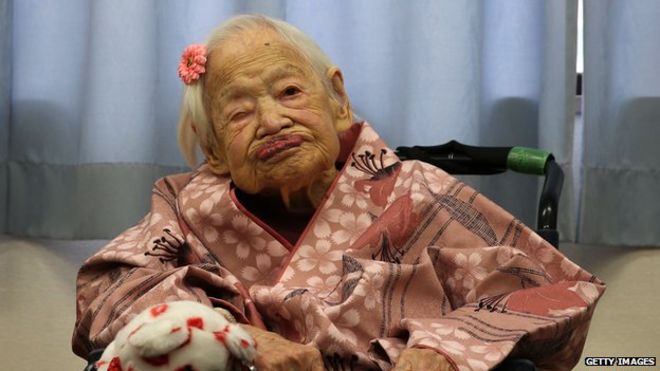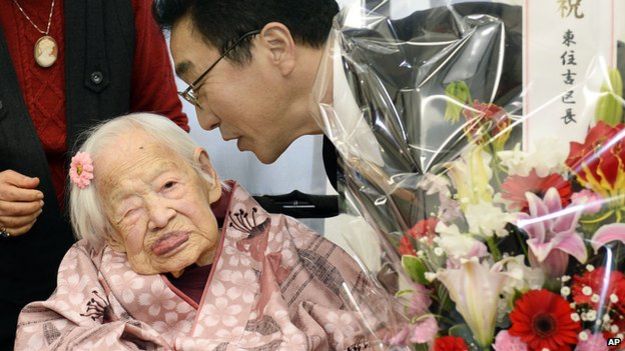
A Pakistani man extradited from the UK to the US has been convicted for plotting attacks in several countries.
Abid Naseer, 28, was found guilty by a New York jury of providing material support to al-Qaeda and conspiracy to use a destructive device.
He faces up to life imprisonment at sentencing.
Evidence at Naseer's trial included a document found in the raid of the bin Laden compound and MI5 officers testifying in wigs.
A jury took returned the verdict after a day of deliberation following closing arguments on Monday.
Prosecutors argued Naseer was part of a broader al-Qaeda conspiracy to attack various Western locations, including a Manchester shopping centre and the New York subway system.
 Abid Naseer (seen here in 2010) was previously arrested in the UK over a bomb plot in Manchester
Abid Naseer (seen here in 2010) was previously arrested in the UK over a bomb plot in ManchesterIn closing arguments on Monday, prosecutors said Naseer lied about his history during his defence, including becoming radicalised in Pakistan.
"If the defendant hadn't been stopped, hundreds of innocent men, women and children wouldn't be alive today," prosecutor Zainab Ahmed said during closing arguments.
"The defendant has something to hide," Ms Ahmed said, according to the New York Daily News.
"He was trying to cover up his motive for revenge against the United States and its Nato allies. Revenge was the defendant's motive."
Naseer, who represented himself in court, said in closing arguments the prosecution had not directly connected him to al-Qaeda.
He insisted his emails were simply harmless banter about finding a wife.
 The trial heard from MI5 operatives dressed in wigs and make-up
The trial heard from MI5 operatives dressed in wigs and make-up"He wanted to settle down," Naseer said speaking in the third person on Monday. "Is there anything wrong with that?"
His defence was largely based on his own testimony and cross-examining prosecution witnesses.
Prosecutors brought in MI5 agents who had previously tracked Naseer in 2009 at a shopping centre in the UK.
They also relied on the testimony of two co-conspirators who pleaded guilty to the subway plot - Najibullah Zazi and Zarein Ahmedzay - who said certain words in Naseer's emails about marriage were code.
The New York jury were also presented a letter to Osama Bin Laden outlining planned attacks.
Taken during a US Navy Seal raid on the al-Qaeda chief's Pakistan home in 2011, the papers made no mention of Manchester specifically and did not mention the defendant's name.
In the letter to Bin Laden, the author says "brothers" had been dispatched to Britain, Russia and Europe but that some had been arrested.

 IS-held areas of Tikrit have come under heavy bombardment since the offensive began
IS-held areas of Tikrit have come under heavy bombardment since the offensive began Soldiers and militiamen have recaptured several towns and villages surrounding Tikrit
Soldiers and militiamen have recaptured several towns and villages surrounding Tikrit

 Iranian-backed Shia militiamen have played a key role in forcing IS to retreat north of Baghdad
Iranian-backed Shia militiamen have played a key role in forcing IS to retreat north of Baghdad The car's body is armour-plated to enable a driver to make a quick getaway in the event of a shooting
The car's body is armour-plated to enable a driver to make a quick getaway in the event of a shooting The Prombron is believed to be the world's most expensive SUV
The Prombron is believed to be the world's most expensive SUV All the car's internal features, such as the steering wheel, are finished with a high level of detail
All the car's internal features, such as the steering wheel, are finished with a high level of detail The car windows are extra thick to protect passengers from any kind of attack
The car windows are extra thick to protect passengers from any kind of attack A Dartz car featured in the Sacha Baron Cohen film The Dictator
A Dartz car featured in the Sacha Baron Cohen film The Dictator
 A small honeycomb structure cloaked the cylinder beneath from being felt
A small honeycomb structure cloaked the cylinder beneath from being felt Prof Bertoldi has worked on metal 'metamaterials' to improve engine components
Prof Bertoldi has worked on metal 'metamaterials' to improve engine components The group's latest ceramic designs use a lattice of lattices, rather like the Eiffel Tower
The group's latest ceramic designs use a lattice of lattices, rather like the Eiffel Tower Becky Watts went missing from her family home on 19 February
Becky Watts went missing from her family home on 19 February Nathan Matthews and Shauna Hoare were arrested at the weekend
Nathan Matthews and Shauna Hoare were arrested at the weekend Floral tributes have been left outside Becky's home in St George, Bristol
Floral tributes have been left outside Becky's home in St George, Bristol The
The The jawbone was found close to the area where Lucy was discovered
The jawbone was found close to the area where Lucy was discovered
 A member of Mr Tsarnaev's defence team walks into the court Wednesday morning
A member of Mr Tsarnaev's defence team walks into the court Wednesday morning Many victims of the bombings attended the first day of the trial
Many victims of the bombings attended the first day of the trial The two bombs detonated at the finishing line of the Boston Marathon
The two bombs detonated at the finishing line of the Boston Marathon


